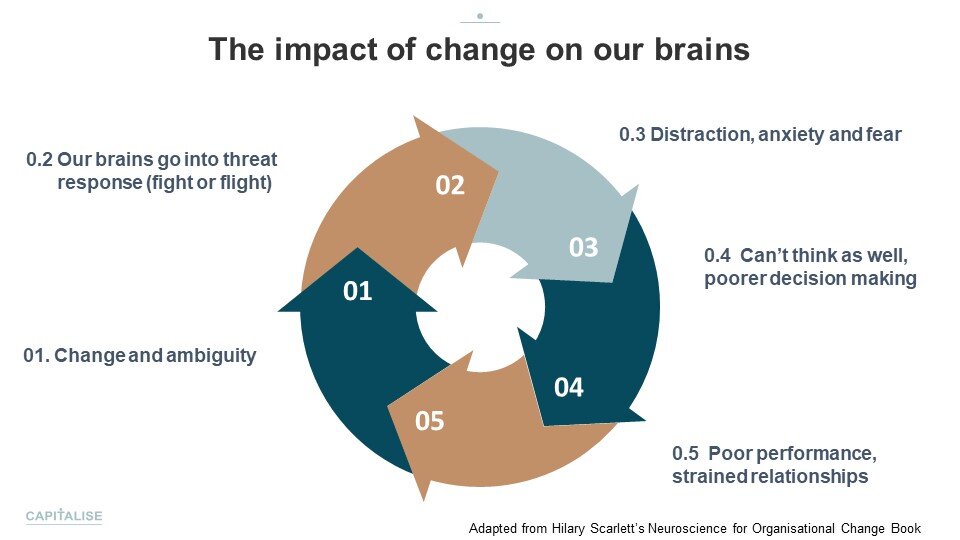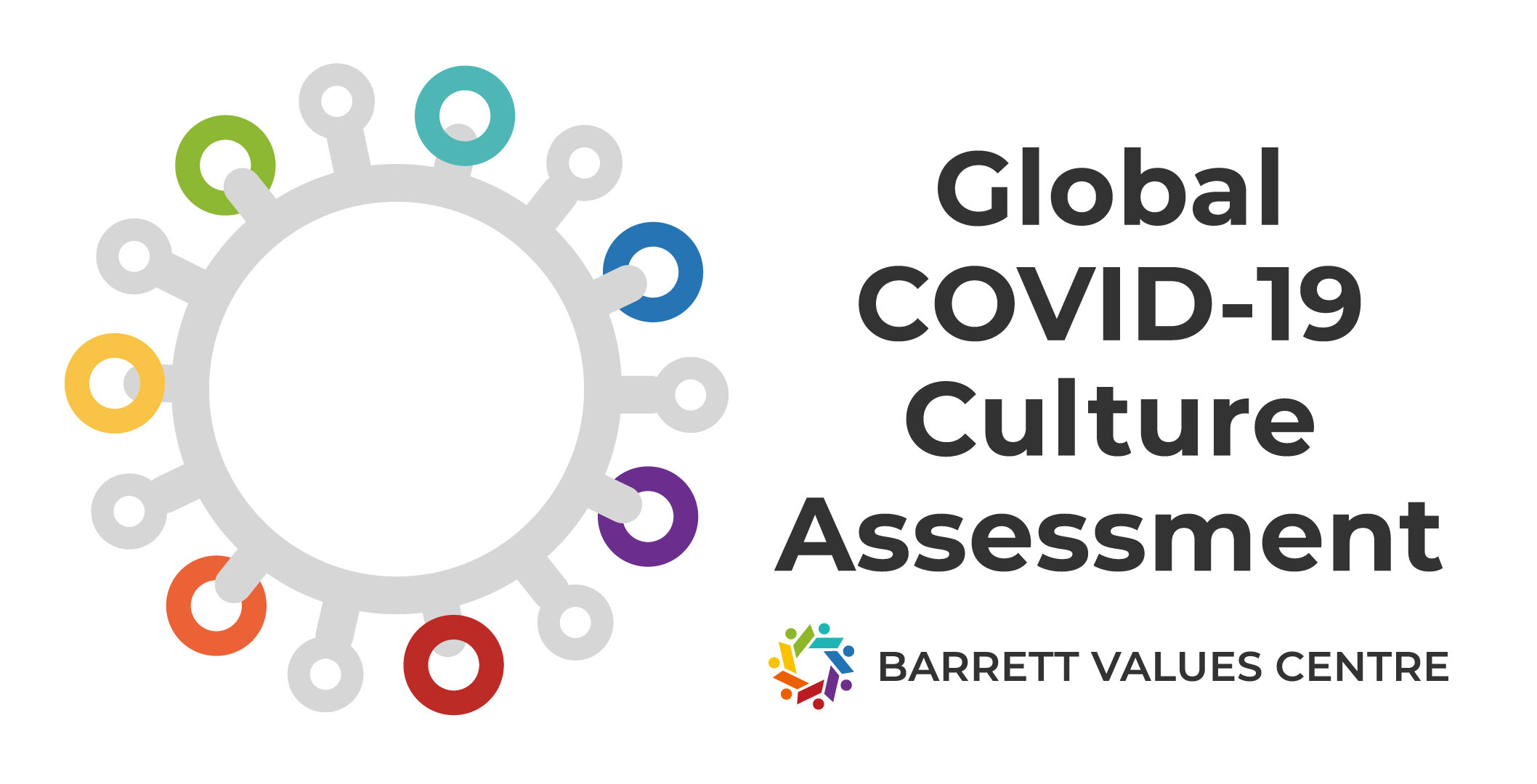We know that mid-way through women’s careers they can become stuck as they navigate the challenges of the current working world.
At Capitalise we’re on a mission to help leaders create purposeful, healthy cultures and also support women to move up the career ladder with more ease so they can make a bigger impact. With this in mind, here’s some top tips that you can put into play straight away to help you rise up the ranks more quickly.
We cover these areas in our Women’s Career Accelerator programme, which is made up of five modules which focus on each of the areas highlighted below. If you feel you need more support, do go to this link to find out more. We’d love to help you.
Navigating Power & Politics
Become politically savvy by getting to know the key players, where the real power lies (which may not be the same as the official power), and how decisions are made within your organisation.
Understand the key players agenda, preferences and objectives, and personalise your message to appeal to their cause.
Consider the extent of your political awareness and reflect on who can enable and empower you to succeed, so you can play an impactful role.
Build positive alliances. Not in a purely self-serving way, but as a way of achieving organisational objectives. Ensure there are people in the business who have ‘your back’.
Make politics less personal, in order to keep yourself on an even keel and be more resilient.
Strategic Networking
Develop and utilise your network by making sure you have people who can help you in three key areas: operationally, strategically and in your professional development (read this blog for more).
Map your network: write down everyone in your network in the above three categories and identify gaps.
Network online: join relevant groups and identify people of interest on LinkedIn, follow them, engage with their posts, and once you have established connection invite them for a virtual coffee.
Don’t be a time waster: when networking, be respectful of the person’s time. Ask their advice, insights and recommendations. And always ask how you can help them.
Nurture your network: don’t let yourself get forgotten. Once you’ve established a new network relationship, nurture it by keeping in contact at least 2-3 times a year.
Get a sponsor, ideally someone at least two levels above you.
Managing Conflict
Accept it: recognise that different perspectives and ideas, and some degree of conflict is inevitable and can be healthy in a workplace – it prevents group think and helps stimulate innovation.
Look for win-win outcomes: try to find a position where both parties achieve something valuable.
Seek first to understand, then to be understood: These are the wise words of Steven Covey. Many misunderstandings can be avoided by careful listening.
Be professional – maintain your credibility and cool: always be respectful when faced with conflict. Losing your cool or being unprofessional will always come back to haunt you.
Have some time out: if you are struggling to keep your cool, take some time out, away from the confrontation, to calm yourself and revisit the conversation with a cooler and clearer head.
Understand your preferred way of dealing with conflict and contemplate the pros and cons. Remember most people default to their preferred style particularly under pressure, and this might be the time that an alternative approach will better serve you.
Personal Branding
Know your worth! Take the time to really understand what drives you – your values, passions, interests and motivations, as well as your skills and expertise.
Be future focused: think about how you want your career to evolve – if you’re aspiring to senior leadership, what do you need to build to help get you there – what skills or key experiences are you missing?
Own your skills: too many women resist talking about their worth and achievements. Practice socially if need be, to get comfortable in talking about your accomplishments.
Be able to clearly articulate your proposition: have a clear 1-2 sentence answer that rolls off your tongue when explaining what you do. It should include what you are the best at (the value you provide), who you serve (your audience) and how you do it uniquely (your USP).
Self-promote by raising the profile of your work and by asking for high visibility assignments and opportunities (especially important for those returning from career off-ramping).
Consciously role-model the attributes that reflect the leader you aspire to being and want to be known for.
Miscellaneous
Apply for bigger roles even when you don’t meet all the criteria
Become an advocate for yourself and for others. Share your achievements and those of other women in your organisation.
Never underestimate your own potential. Remember that when tested, 70% of men rate their performance better than their colleagues, while 70% of women rate theirs equal to their colleagues.
As you can see there’s many different things you can bring into play, but to avoid over-whelm, why don’t you pick out the ones that resonate and you feel are relatively easy to action. They can be your short-term goals. Then devise a plan of action to address the other elements for the medium to long term.
Wishing you a purposeful, healthy and high-performing week ahead.











